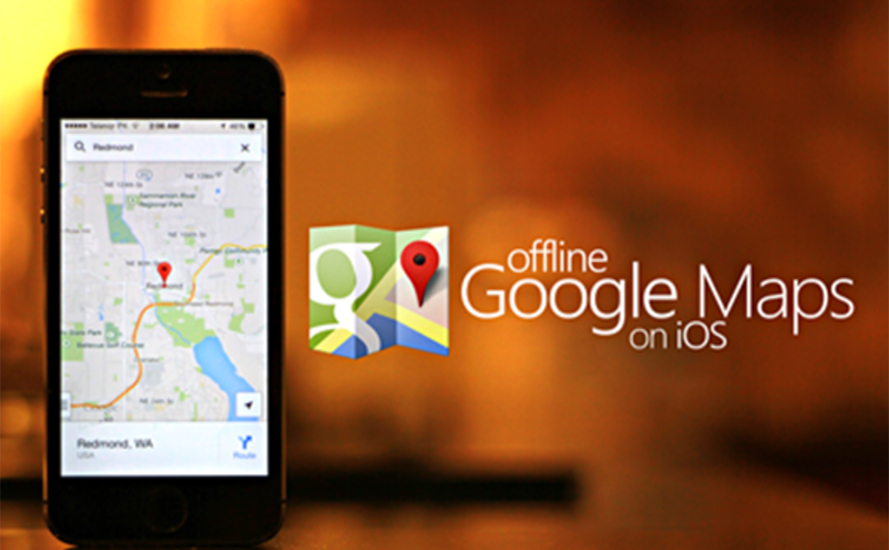We continue to introduce 10 innovations driving the global business and communications landscape, as identified by the Vizeum Innovation Team.
In recent years, expectations for seamless connectivity services have only grown. With diverse smart devices appearing one after another, it seemed the day when a "Connected City"—where everything in our living environment is connected—would slowly but surely arrive.
However, it is now becoming widely recognized that such a utopia remains a distant world. For many people, connectivity services are still a luxury item, and users wary of expensive services are choosing to go "offline."
Reflecting this user preference, applications usable offline are increasing. Google Maps now allows various services offline by downloading specific area information beforehand. Facebook enables viewing feeds and commenting even offline.

The dating app Spark, using cutting-edge Bluetooth technology, allows users to "spark" (feel an instant connection) with people nearby even offline, making it popular for finding connections during commutes. London's free newspaper Metro's popular dating feature "Rush Hour Crush" has quickly become a thing of the past.

Square's POS register app, Square Register, now offers an offline mode. It can be used temporarily even in poor connectivity situations, with the payment processing officially completed once connected. This is a convenient option for pop-up stores and street vendors operating for limited periods.
What will 2016 bring?
Apps like Instabridge, which provides automatic Wi-Fi connection services, and FireChat, which enables chatting with nearby people without an internet connection using short-range communication technology, are gaining popularity in response to consumer demand. However, they haven't yet become mainstream, so for now, we can only hope providers will lower their prices. Until then, companies will need to develop features within their own content that can engage customers even offline. Or perhaps the time has come for businesses to consider deploying their own Wi-Fi networks or data spots.






